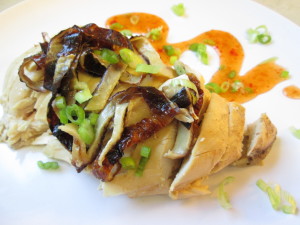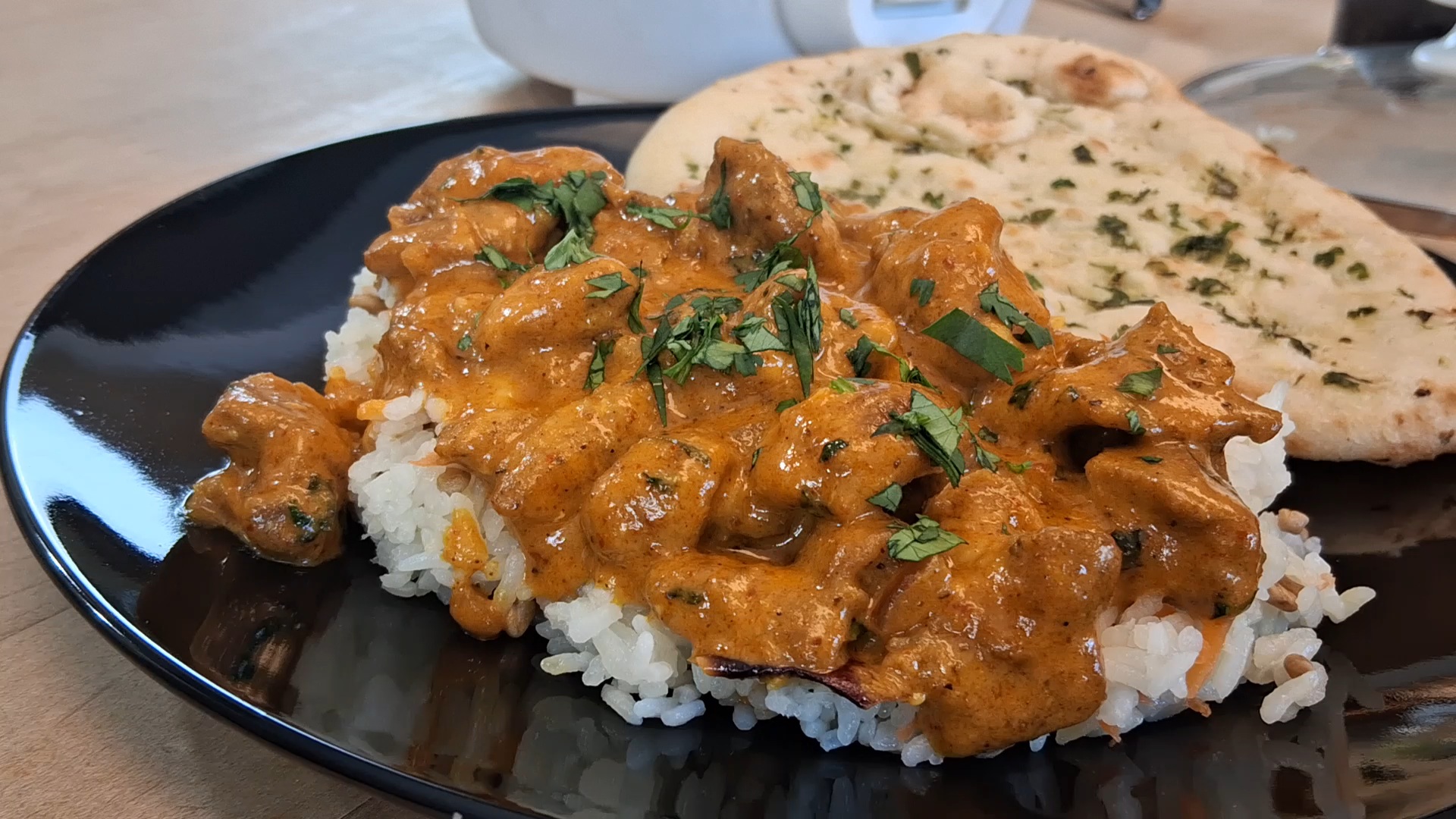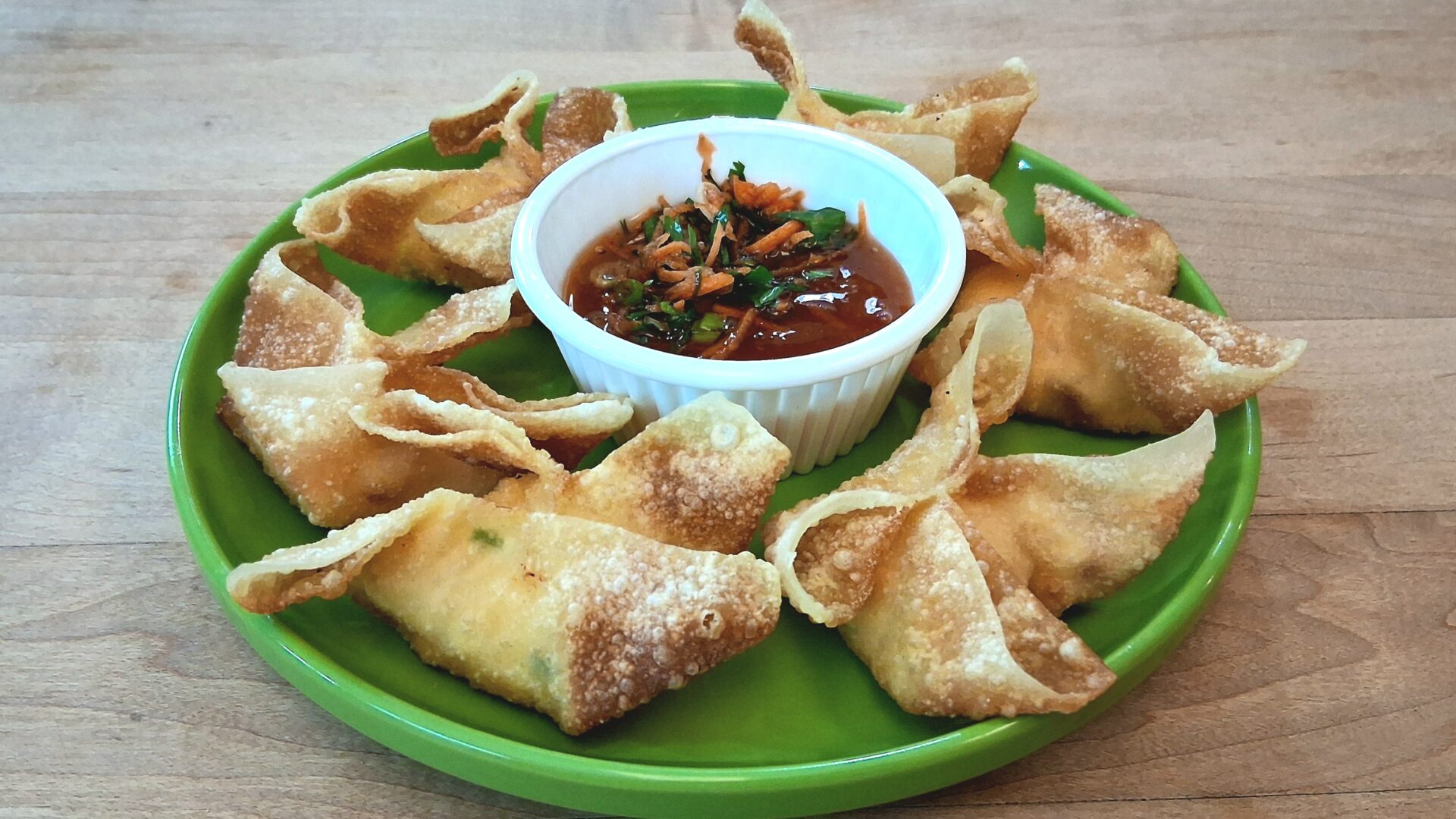 Are you having a Chicken Roast?
Are you having a Chicken Roast?
A Chicken Roast shouldn’t be intimidating. There are so many different ways to do it. I think most people have the same fear they have on Thanksgiving. No one wants to put in all the time it takes to prepare their meal just to end up with a dried out bird; and you never know until it’s done! Right? Wrong! Keeping your Chicken Succulent and Sultry is relatively easy if you take a few simple steps, but most people don’t know what it is that makes the difference. It’s just like standing right next to someone fishing, using the exact same gear, all the while they’re catching fish and you’re catching nothing. What gives? Well I’ll tell you. All you are missing is the finesse, technique and experience. I’m sure you’ve got all the experience though don’t you. With that in mind, I want to be very clear about something. I don’t care how much experience someone thinks they have doing anything, if they aren’t getting their desired result, every single time. I can’t tell you how many times I’ve heard people tell me, “I’ve been doing this for X amount of years now…”, yet still witnessing failure right smack in front of their face!
Poultry can dry out from two different angles; from the inside or the outside. It’s not that complicated. Take care of both of those and you’re going to have a tender, moist roasted bird when your done. The Inside needs moisture. So you either need to stuff your Chicken Roast, or put some kind of moisturizer inside of it. This can be as easy as cracking a Beer can inside the cavity and Roasting your Chicken with that or stuffing it with fresh fruits or vegetables. The outside, however, is another matter because you are directing all the heat that surrounds the Chicken on the outside of the bird. So it will dry out very easily if you don’t tighten up the skin and put a marinade on it that will shrink up those pores so it can contain the moisture you’re putting in the inside. There are 2 ways to do this.
The first way you’ve probably heard of but you most likely thought it was for other reasons. Putting your oven on a really high heat, sometimes even a broil for a few minutes not only gets the color you want but it tightens up that skin. Then if you wrap up your bird in Tin Foil, or if you cover it with a lid you keep most of the moisture locked in. The other way of doing it is the way I show you in this video. After the Chicken is stuffed I give the bird a bath with boiling water, one ladle at a time. This kills bacteria and tightens up the skin and shrinks up those pores the way you need them to contain moisture. After that, brushing a honey vinaigrette over the skin seals it up real nice and adds a sweet tangy flavor to the skin. If you’re wondering why I didn’t mention anything about basting, it’s because basting doesn’t matter that much unless you’ve taken one of the two other steps and you are willing to bast and baby sit the Chicken Roast during the entire cooking process.
Cantonese Chicken Roast Ingredients:
STUFFING
1 Whole Chicken
2 tbsp Hoisin Sauce
2 tbsp Five Spice Powder
2 tbsp Fresh Ginger
1 tsp Anise
1 bunch of Green Onions
HONEY VINAIGRETTE MARINADE
1/4 cup White Vinegar
1/4 cup Honey
Rinse your chicken in Cold water and dry. Stuff the bird with the ingredients in the order listed. Close and sew the abdomen of the bird and bathe with boiling water, one ladle at a time (Do Not Submerge the entire bird). Mix the Vinaigrette and coat the whole chicken using a brush. Marinate the Chicken for 24 hours in the refrigerator and brush the Vinaigrette every few hours. Bake at 350 degrees for 1 1/2 hours, or until internal temperature reaches 165 degrees. Enjoy your Cantonese Chicken Roast!







27 thoughts on “Cantonese Chicken Roast”